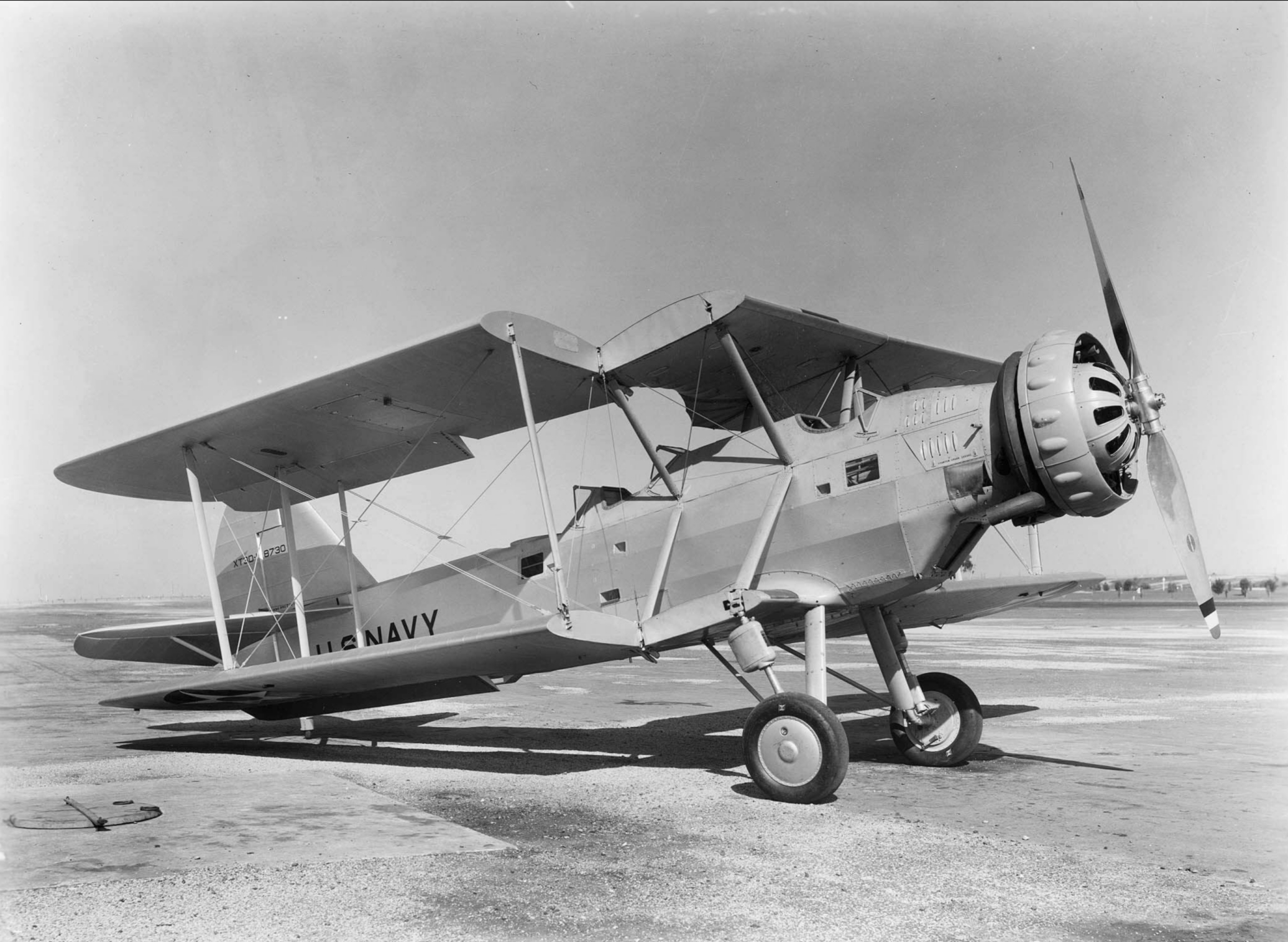Douglas XT3D on:
[Wikipedia]
[Google]
[Amazon]
The Douglas XT3D was an American three-seat
 The XT3D torpedo bomber (
The XT3D torpedo bomber (
 ;XT3D-1
:Prototype powered by a Pratt & Whitney R-1690 radial, one built.
;XT3D-2
:Prototype modified including a change to a Pratt & Whitney R-1830 radial.
;XT3D-1
:Prototype powered by a Pratt & Whitney R-1690 radial, one built.
;XT3D-2
:Prototype modified including a change to a Pratt & Whitney R-1830 radial.
torpedo bomber
A torpedo bomber is a military aircraft designed primarily to attack ships with aerial torpedoes. Torpedo bombers came into existence just before the First World War almost as soon as aircraft were built that were capable of carrying the weight ...
biplane
A biplane is a fixed-wing aircraft with two main wings stacked one above the other. The first powered, controlled aeroplane to fly, the Wright Flyer, used a biplane wing arrangement, as did many aircraft in the early years of aviation. While ...
developed by the Douglas Aircraft Company
The Douglas Aircraft Company was an American aerospace manufacturer based in Southern California. It was founded in 1921 by Donald Wills Douglas Sr. and later merged with McDonnell Aircraft in 1967 to form McDonnell Douglas; it then operated as ...
to meet a United States Navy
The United States Navy (USN) is the maritime service branch of the United States Armed Forces and one of the eight uniformed services of the United States. It is the largest and most powerful navy in the world, with the estimated tonnage ...
requirement.
Development
 The XT3D torpedo bomber (
The XT3D torpedo bomber (BuNo
In the United States, all military aircraft display a serial number to identify individual aircraft. These numbers are located on the aircraft tail, so they are sometimes referred to unofficially as "tail numbers". On the Northrop Grumman B-2 S ...
8730) was first flown in 1931, it has been described as a ''large and ugly'' aircraft. Of metal construction with a fabric covering the XT3D had folding wings and an arrestor hook for carrier operation. With a fixed tailwheel landing gear
Conventional landing gear, or tailwheel-type landing gear, is an aircraft undercarriage consisting of two main wheels forward of the center of gravity and a small wheel or skid to support the tail.Crane, Dale: ''Dictionary of Aeronautical Terms ...
and powered by a Pratt & Whitney R-1690 Hornet
The Pratt & Whitney R-1690 Hornet was a widely used American aircraft engine. Developed by Pratt & Whitney, 2,944 were produced from 1926 through 1942. It first flew in 1927. It was a single-row, 9-cylinder air-cooled radial design. Displacemen ...
radial engine
The radial engine is a reciprocating type internal combustion engine configuration in which the cylinders "radiate" outward from a central crankcase like the spokes of a wheel. It resembles a stylized star when viewed from the front, and is ca ...
, the XT3D had three open cockpits, forward for the gunner/bomb-aimer, centre for the pilot, rear for another gunner.
The XT3D failed to meet the Navy's requirements and after tests was returned to Douglas. It was modified with a more powerful Pratt & Whitney XR-1830-54 radial, and wheel fairings and the two rear cockpits were enclosed. Re-designated XT3D-2, it still failed to pass Navy trials and was not ordered into production. The prototype was used by the Navy for the next ten years for general purpose use until it was relegated as an instructional airframe in 1941.
Variants
 ;XT3D-1
:Prototype powered by a Pratt & Whitney R-1690 radial, one built.
;XT3D-2
:Prototype modified including a change to a Pratt & Whitney R-1830 radial.
;XT3D-1
:Prototype powered by a Pratt & Whitney R-1690 radial, one built.
;XT3D-2
:Prototype modified including a change to a Pratt & Whitney R-1830 radial.
Operators
; *United States Navy
The United States Navy (USN) is the maritime service branch of the United States Armed Forces and one of the eight uniformed services of the United States. It is the largest and most powerful navy in the world, with the estimated tonnage ...
Specifications
See also
References
;Notes ;Bibliography * * {{USN torpedo aircraft T3D 1930s United States bomber aircraft Single-engined tractor aircraft Carrier-based aircraft Biplanes Aircraft first flown in 1931